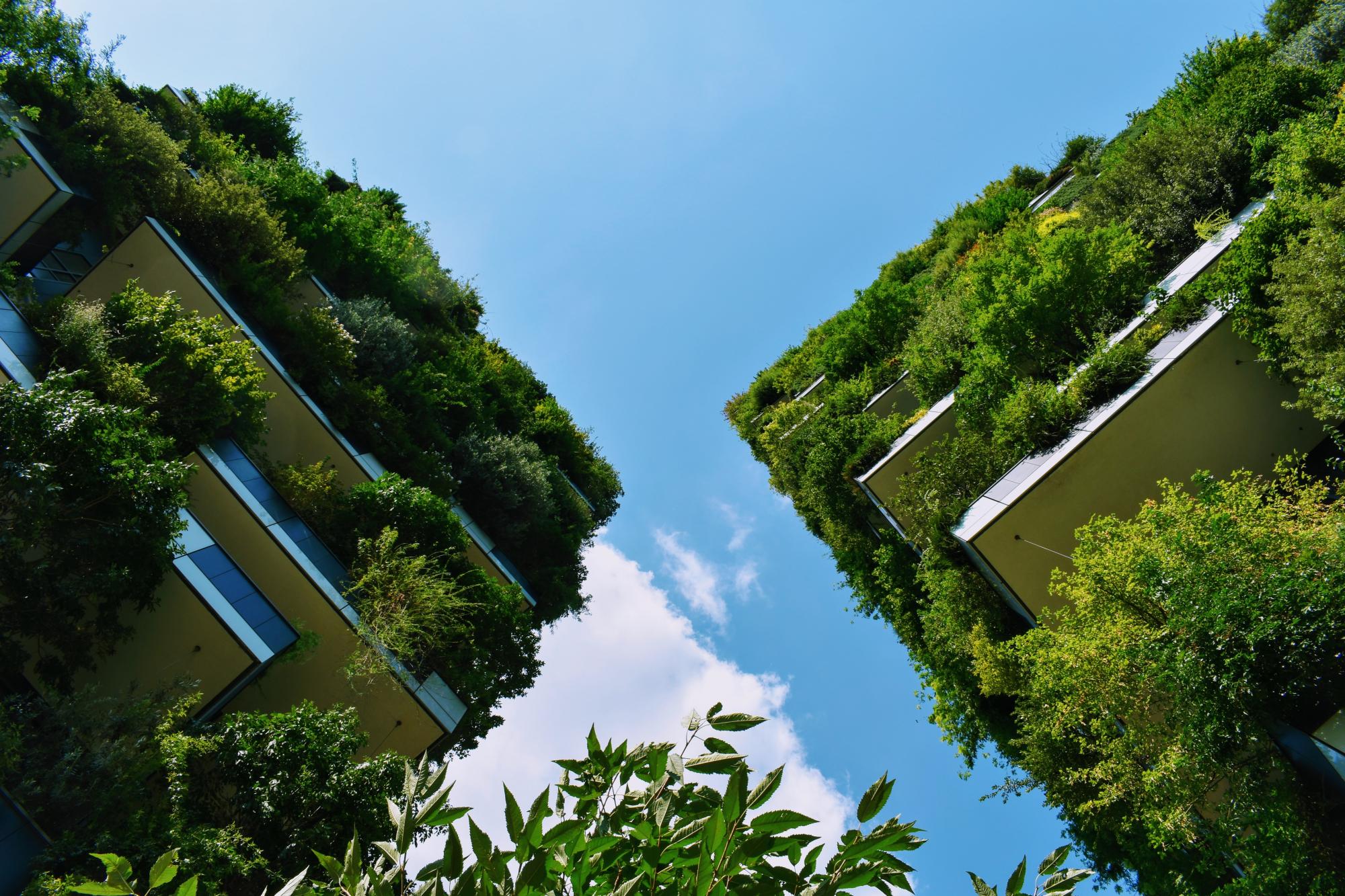Balili River, situated in the province of Benguet, is among the many urban rivers in the Philippines that suffer from severe pollution due to various human activities. Indiscriminate dumping of waste in almost all of its 23 tributaries is a significant contributor to the pollution. Despite this, the river remains a critical source of irrigation for farmers in La Trinidad who primarily grow strawberry and salad crops in the valley. However, the use of contaminated water from the river poses a direct threat to the food safety of consumers of these crops. Moreover, during the summer, the black water of the Balili River is a constant eyesore in the community. To address these environmental concerns, a pilot study was conducted aimed at exploring treatment options for the polluted water in Balili River. The study focused on assessing the use of local plants to restore biodiversity, conserve wildlife habitats, and test the phytoremediation potential of local macrophytes. The pilot area was established within the Organic Farm of Benguet State University near the main stream of the Balili river. The study set up two types of constructed wetlands (CW), a surface flow CW for floating plants and a horizontal subsurface flow CW for emergent plants. The results of the pilot study suggest that constructed wetlands could be an effective solution for cleaning up the Balili River. The implementation of constructed wetlands in Balili River can not only improve the water quality but also benefit the local community and ecosystem. [1,2]
Overview
Nature-based solution
- Blue infrastructure
- Rivers/streams/canals/estuaries
- In-land wetlands, peatlands, swamps, and moors
Key challenges
- Green space, habitats and biodiversity (SDG 15)
- Habitat and biodiversity restoration
- Water management (SDG 6)
- Improvements to water quality
- Economic development and employment (SDG 8)
- Economic development: agriculture
- Tourism support
Focus
Project objectives
Implementation activities
Biodiversity conservation or restoration-focused activities
Biodiversity restoration:
- Rehabilitate and restore damaged or destroyed ecosystems
- Restore species (native, endangered, or unspecified)
- Other
Main beneficiaries
- Local government/Municipality
- Citizens or community groups
- Food producers and cultivators (i.e. farmers, gardeners)
Governance
Management set-up
- Led by non-government actors
Type of initiating organisation
- Researchers/university
Participatory approaches/ community involvement
- Unknown
Details on the roles of the organisations involved in the project
Project implemented in response to ...
Financing
Total cost
Source(s) of funding
- Research organisation / University
- Other
Type of funding
- Direct funding (grants, subsidies, or self-financed projects by private entities)
Non-financial contribution
Impacts and Monitoring
Environmental impacts
- Water management and blue areas
- Improved water quality
- Enhanced protection and restoration of freshwater ecosystems
Economic impacts
- More sustainable tourism
Socio-cultural impacts
- Education
- Increased support for education and scientific research
- Increased awareness of NBS and their benefits
Type of reported impacts
Presence of formal monitoring system
Presence of indicators used in reporting
Presence of monitoring/ evaluation reports
Availability of a web-based monitoring tool
References
[2] Napaldet, J. and Buot Jr., I. (2020). Methodologies Supportive of Sustainable Development in Agriculture and Natural Resources Management: Selected Cases in Southeast Asia - SEARCA. [online] Source link. Available at: Source link [Accessed 18 Feb. 2023].
[3] Napaldet, J. and Buot Jr., I. (2023). Information provided by the project developers, 24 February

